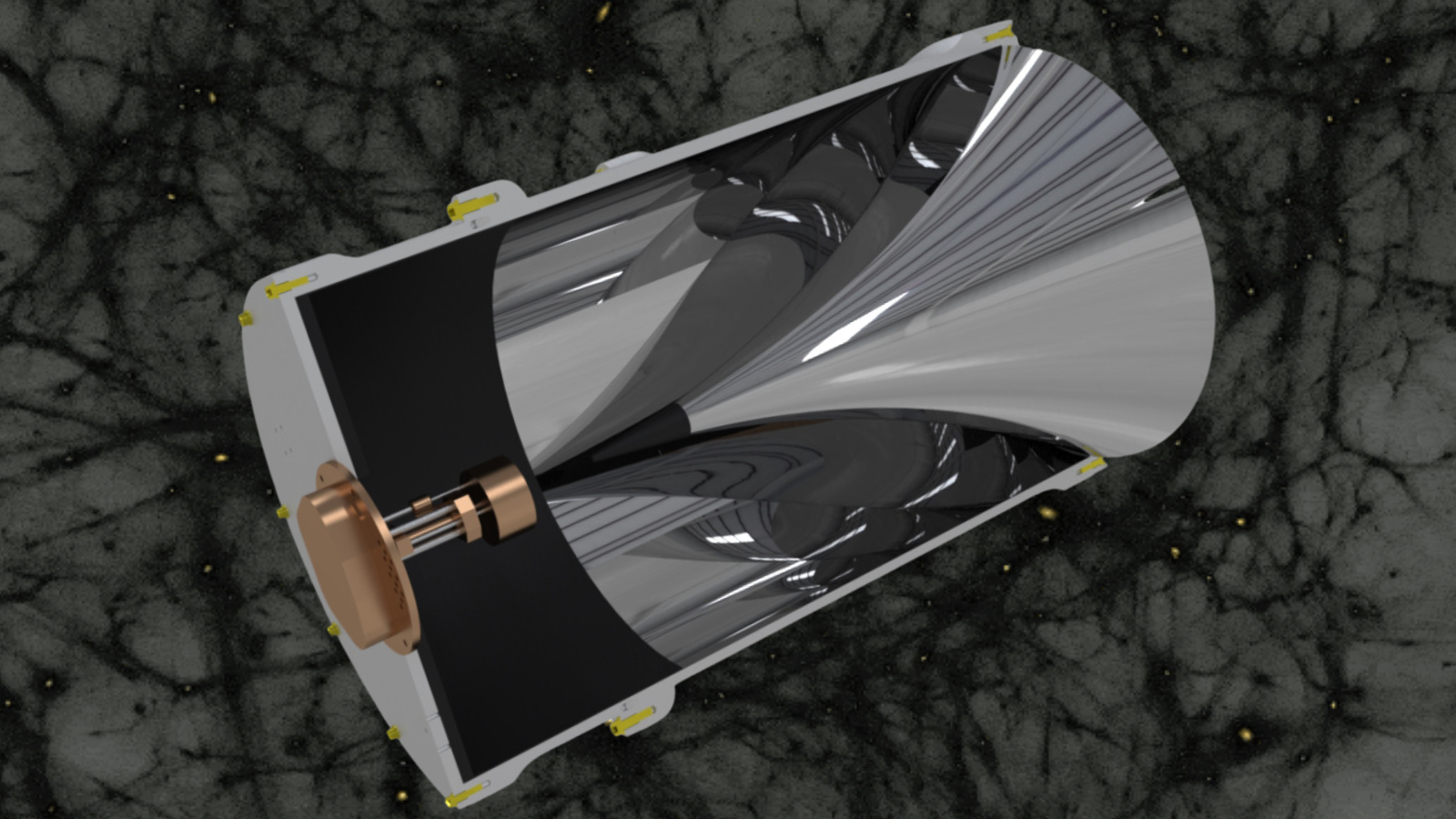Unlocking the Mystery of Dark Matter: The BREAD Collaboration’s Novel Approach
Astrophysicists have long been puzzled by dark matter, which comprises about 80% of the universe’s mass yet remains elusive to direct detection methods. However, the BREAD (Broadband Reflector Experiment for Axion Detection) Collaboration, led by physicists from the University of Chicago and the Fermi Accelerator Laboratory, is pioneering a new strategy to hunt for light dark matter candidates like dark photons and axions.
The Experiment Setup
Using a coaxial dish antenna, the BREAD project aims to capture signals associated with these elusive particles. The method involves focusing light emitted perpendicular to a metallic wall onto a small spot where a detector or antenna can search for signals. By leveraging leading quantum electronics technology, the team designed a custom microwave antenna sensitive enough to detect even the smallest received powers.
First Data Collection
The BREAD Collaboration collected their initial data last summer, focusing on detecting “light” in the microwave regime. While no relevant signal was detected in their first search for dark photons, their experiment proved to be remarkably sensitive. In fact, it was approximately 10,000 times more sensitive to the dark photon signal power within a specific mass range than previously proposed methods.
Future Prospects
Despite not detecting dark photons in their first attempt, the BREAD Collaboration remains optimistic. They plan to scale up their experiment, incorporating larger magnets and cutting-edge quantum technology to enhance sensitivity. By exploring the most well-motivated axion models, they hope to make groundbreaking discoveries in particle astrophysics.
The Road Ahead
Currently, the team is running their experiment in a 4T magnet at Argonne National Laboratory, unlocking its sensitivity to axion-like dark matter. Additionally, they are building more prototypes and aiming for a large-scale experimental program with setups inside huge magnets, allowing them to explore the best-motivated models of dark matter.















































